|
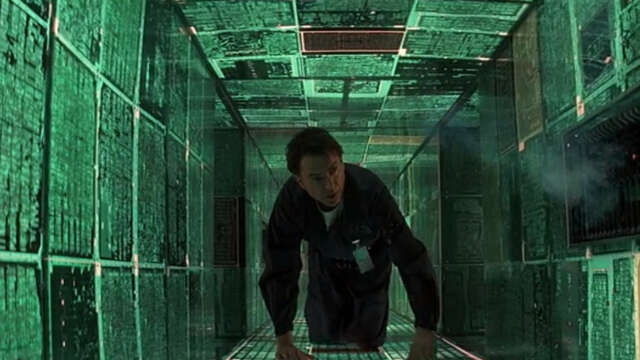
One of the best sci-fi horror movies Event Horizon premiered in theaters on August 15, 1997. Now, 25 years later, it remains a terrifying film and one of the better horror movies of the late '90s. To celebrate its anniversary, Event Horizon has been rereleased with a Steelbook Edition in 4K UHD. While the release is brand-new, there's nothing new to the special edition outside of the ultra high definition transfer of the film. Plus, it's just a very pretty package for a great movie. However, there are features from previous releases to dig back into. And that includes audio commentary from director Paul W.S. Anderson and producer Jeremy Bolt. So digging into the commentary, we found 19 things we didn't know about the movie that was revealed during the commentary for Event Horizon. Check out everything we learned below. If you're interested in Event Horizon 4K UHD, it costs $28 and you can pick it up at Best Buy --it's available on Amazon too, but through secondary sellers. The special features consist of the previously mentioned audio commentary, five "Making of" documentaries, deleted scenes, and various other featurettes. For more movie and TV show lists, check out some must-watch comedy TV shows on HBO Max, the worst '80s kids movies, and the best anime of 2022 to stream right now. Additionally, learn how Event Horizon influenced Destiny 2's Season of the Haunted.
1. This was Anderson's Mortal Kombat followup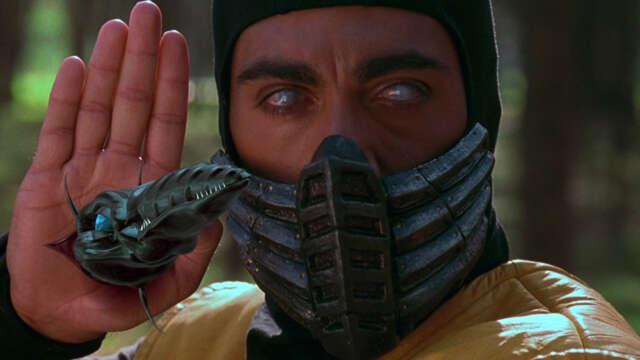
Anderson got a hold of the script right after he finished Mortal Kombat, which was doing well in theaters. He felt it was a good depiction of space and a good haunted house movie rolled into one.
2. The design of the Event Horizon is surprising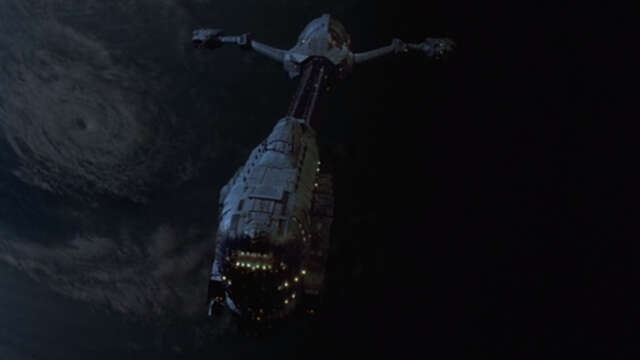
The ship was based on Notre Dame cathedral, in Paris. It was scanned into a computer and rendered, and they designed a ship based on some of the elements from the building.
3. The book that floats by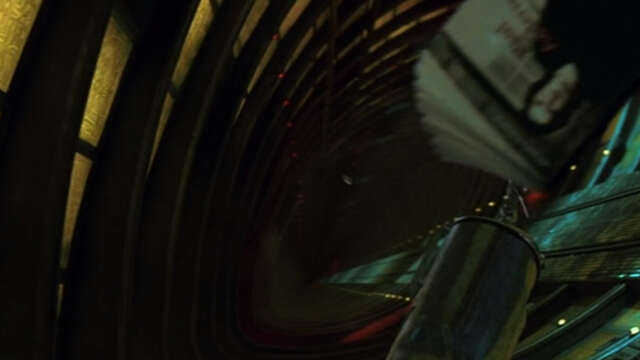
When we see a book floating by the camera inside The Event Horizon, it's actually Paul Anderson: A Life, the director's autobiography. No, the book doesn't exist. We wish it did, though. Who doesn't want to read the (we assume) 10 chapters about the Resident Evil movie franchise?
4. Only one person here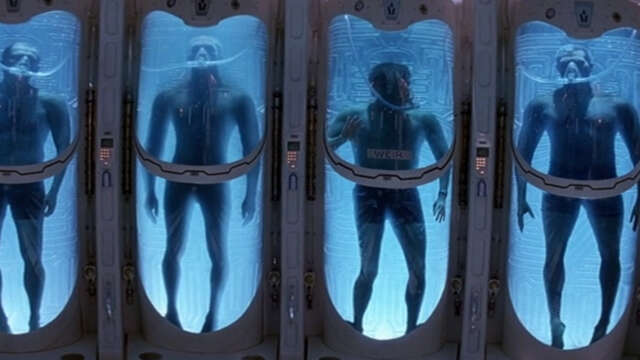
Sam Neil is the only person in this shot. Everyone else in the tanks are actually dummies. We mean mannequins, as this is not a discussion about their intelligence. That being said, mannequins have no intelligence, so they're dummies on multiple levels.
5. It's a cheap scare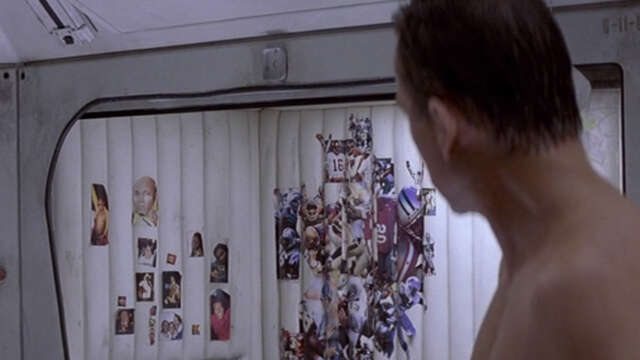
Anderson notes that it's a very cheap scare when the bunk door quickly opens during Weir's (Sam Neill) dream sequence. However, there are very few in the script, so they felt like they had to add some, while still steering away from too many false scares.
6. The wormhole explanation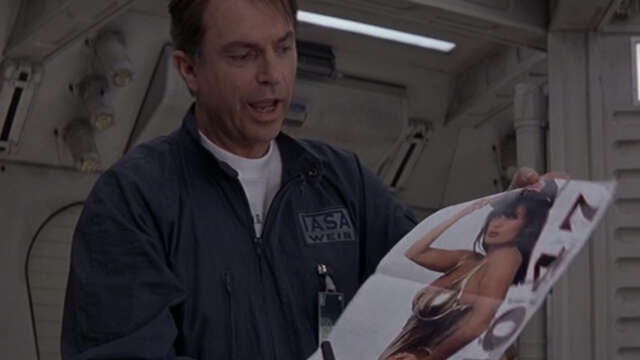
They were worried about the scene where Weir explains to the crew how a wormhole works because it's a lot of dialogue and could have slowed down the pacing. However, Anderson considers it the highlight of the movie. "Great work by screenwriter Phillip Eisner," the director said during the commentary. They told him to come up with a simple way to talk about it, that's what Eisner came up with.
7. How the gravity boots came about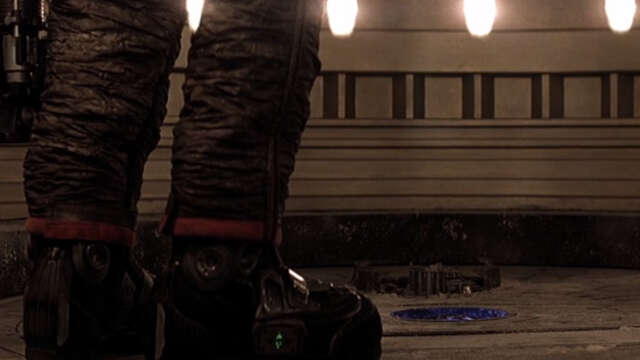
According to Anderson, the wirework in the movie took so long to create the zero gravity look, and he thought it looked so bad that they had to cut back on it. They couldn't make the movie with as much zero gravity as they wanted. So the gravity boots were created to make it a little easier to film.
8. Inspired by Universal Studios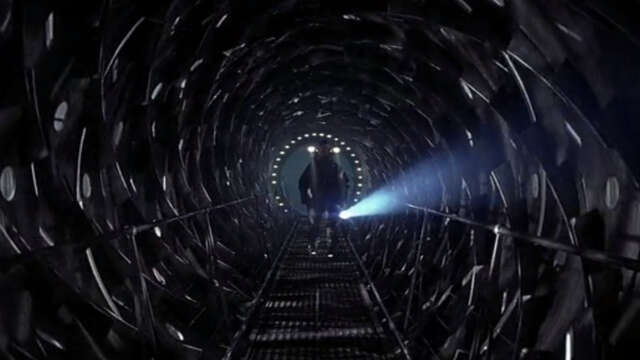
The corridor headed toward the core was inspired by the ice tunnel on the studio tour at Universal Studios, which Bolt explained he saw on an episode of $6 Million Man. Dante's Peak ride also had that tube. The Anderson and Bolt said it felt like a haunted house so they used something similar for the film.
9. Gyroscopic core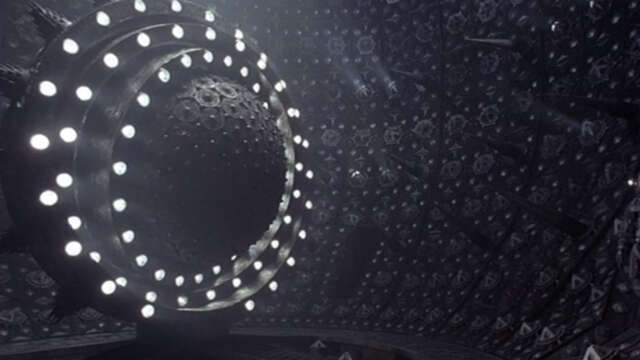
The third containment was practical. It was a complicated piece of construction that had to move, but it was well built and never broke down during filming. There was a shot in reverse showing it stop. It was inspired by the cube from Hellraiser, according to Bolt, in the way it realigned itself.
10. Camera movement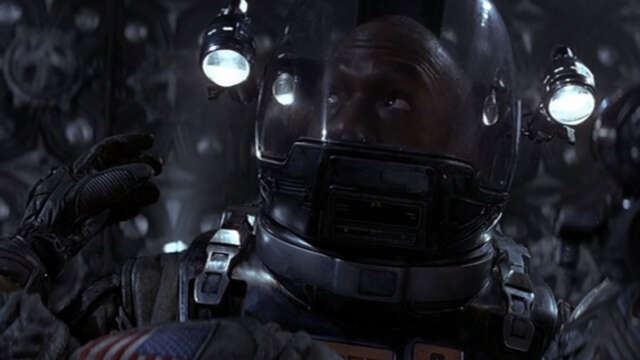
Because people were on rigs and in the small space of the ship, Anderson tried to use a lot of camera movement. Additionally, it added a feeling of confusion, something Anderson wanted the audience to feel--as that's what the characters were going through.
11. Exploding corpse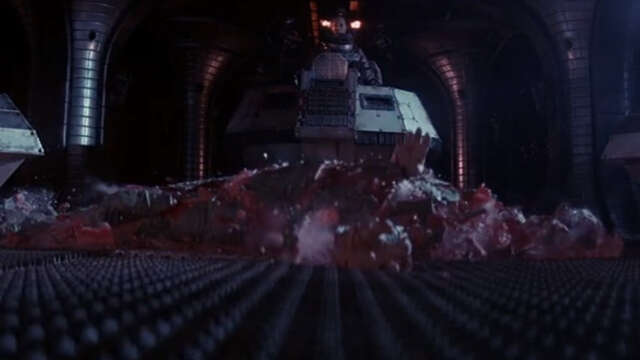
When the gravity in the Event Horizon comes back on, a corpse that's frozen hits the floor and crumbles into human flesh cubes. The first time they did a take of the exploding corpse, the person who made the frozen corpse--Bob Keen--baked a Barbie into the center as a joke, so when it broke, a Barbie popped out.
12. Inspired by Alien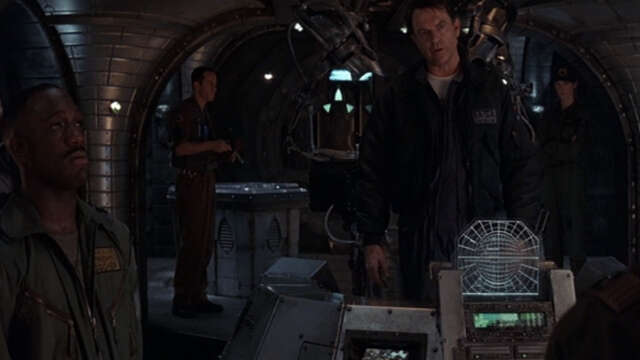
Anderson explains that the well-defined characters in this movie were inspired by Alien. Everyone has a distinct personality and characteristics, much like how the crew in Alien very much felt individuals, not just cannon fodder for the Xenomorph.
13. Anderson turned down X-Men for this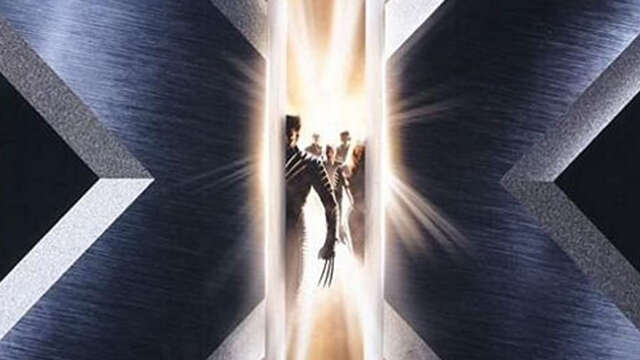
Coming off of Mortal Kombat, Anderson explained he didn't want to do another PG-13 movie, and turned down X-Men to do Event Horizon. He wanted to do something darker. X-Men eventually went to Bryan Singer and was released in 2000.
14. The crew is futuristic Coast Guard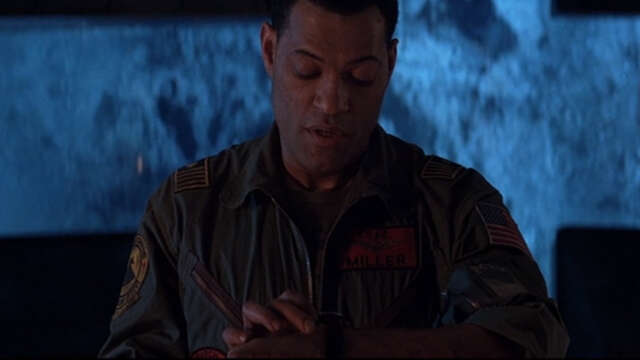
The crew on this rescue mission to the Event Horizon are essentially in the futuristic version of the Coast Guard, according to Anderson. They went from guarding the waters to guarding space. In an early draft of the script, everyone had handguns on them. It didn't make sense to Anderson, so they got rid of the guns--except for the nailgun at the end.
15. Fire extinguishers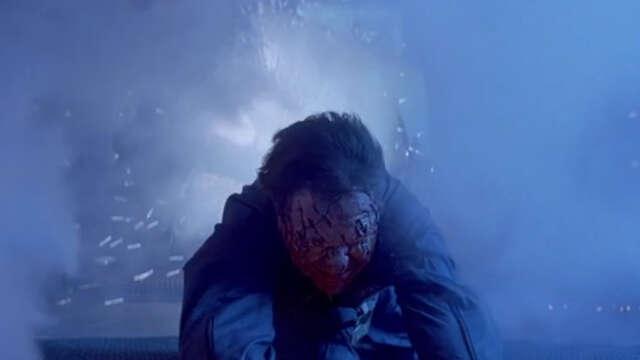
All of this smoke you see here in the final action scene is fire extinguishers being fired off camera.
16. This isn't exciting enough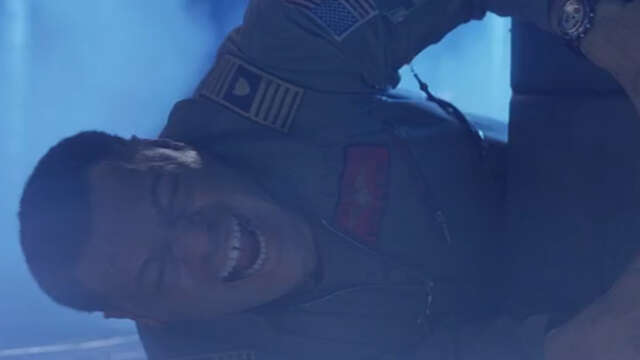
According to Anderson, this final scene isn't as exciting as it should be. This was because of time constraints, and Anderson gives it a 6/10.
17. Something else Anderson doesn't like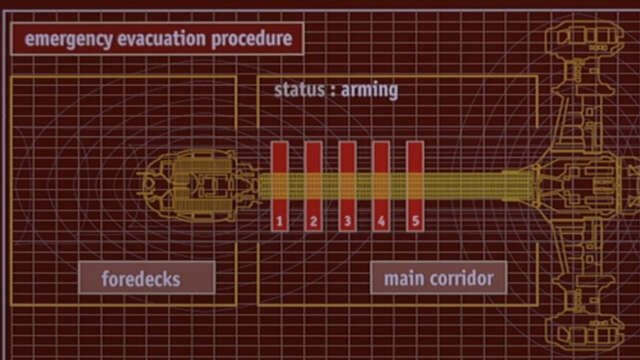
He wasn't a fan of the talking computer and wishes they didn't use it. They needed it to "juice up the pacing" and to remind the audience there is a ticking clock.
18. There's a reason for the rescue ship shadow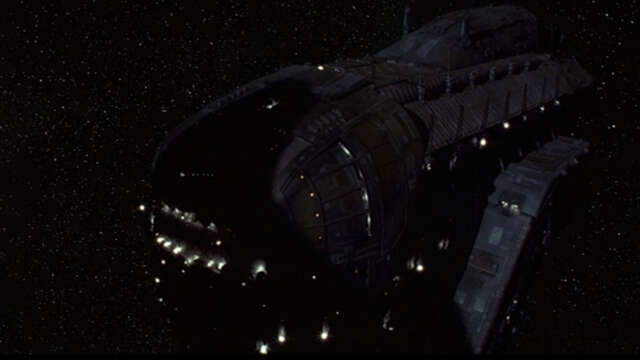
They couldn't afford to build another model for the rescue ship, so they used a shadow over the ship being rescued in order to leave it up to the audience's imagination.
19. Closing music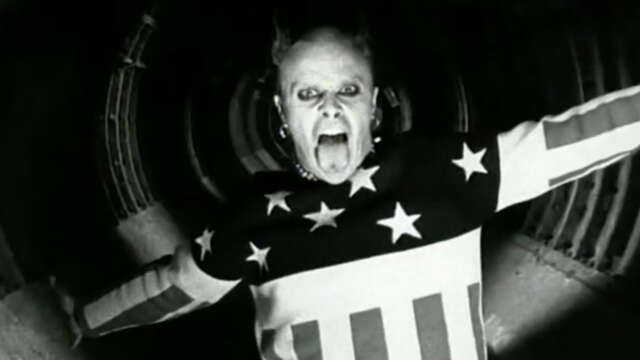
Before The Prodigy made it big, Anderson and Bolt wanted their music in the movie, so they had The Prodigy come do a set visit. Three weeks after Event Horizon came out, their album Fat of the Land became a huge hit in the US.
|
























